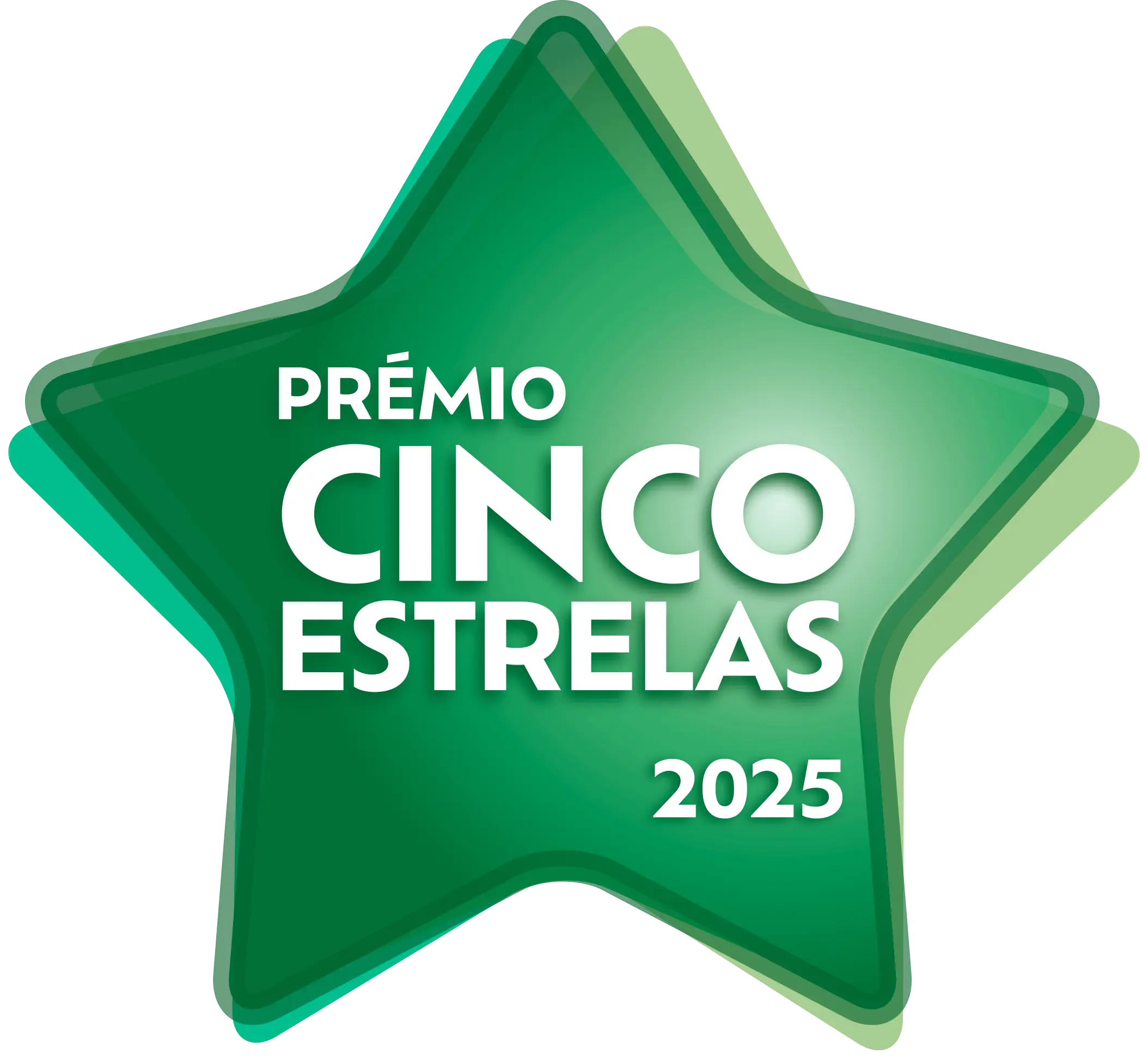Current Affairs
News

Fuel prices next week
Created by Lucas Luís at Friday, 16 January 2026
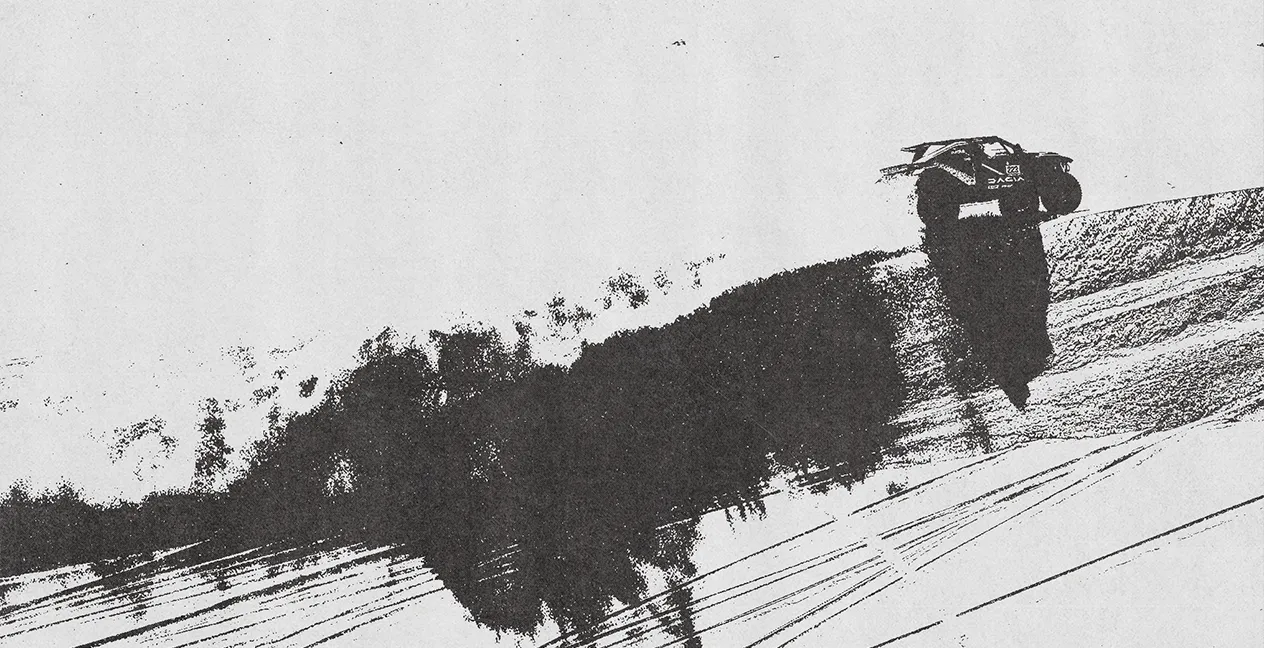
Dakar 2026 enters the final stretch with Portuguese drivers battling for top spots
Created by Lucas Luís at Thursday, 16 January 2025
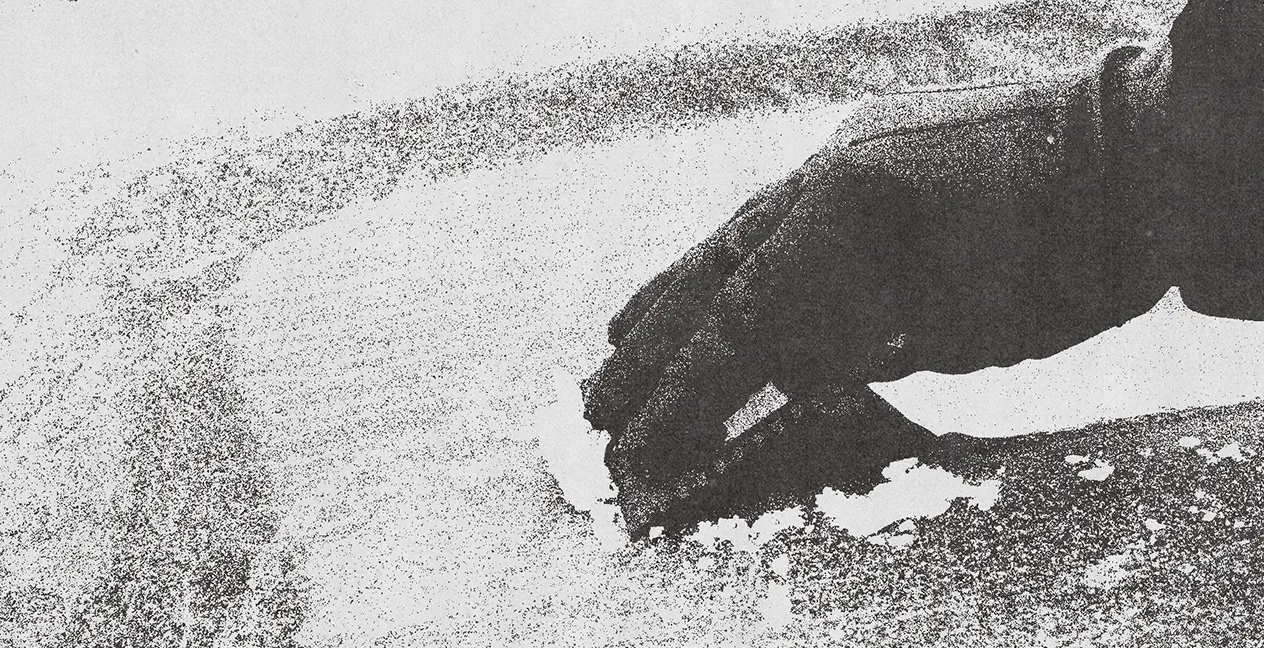
How to defrost your car’s windshield
Created by Lucas Luís at Tuesday, 6 January 2026

Everything you need to know about Dakar 2026
Created by Lucas Luís at Friday, 2 January 2026
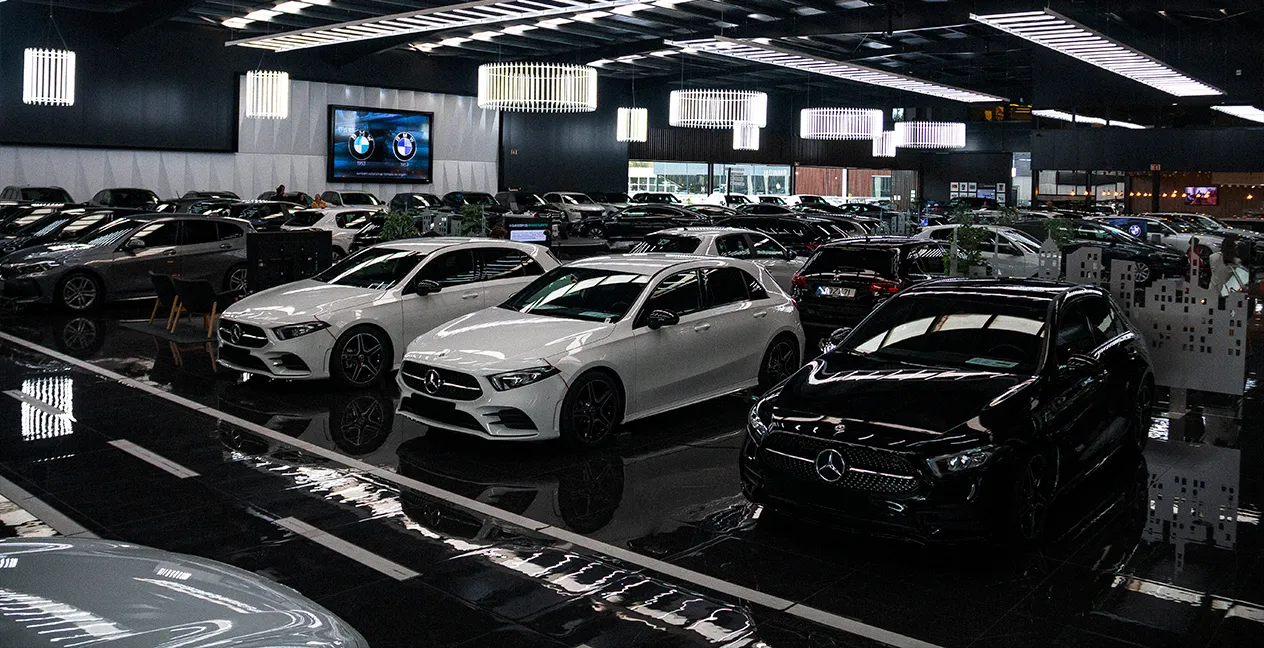
The best-selling cars at Benecar in 2025
Created by Lucas Luís at Monday, 29 December 2025

Changes to the IUC confirmed: new regime will only come into effect in 2027
Created by Lucas Luís at Friday, 26 December 2025

It's official: Formula 1 returns to Portugal in 2027 and 2028
Created by Lucas Luís at Friday, 19 December 2025

Portugal de Lés a Lés 2026 already has confirmed dates
Created by Tiago Fernandes at Wednesday, 17 December 2025
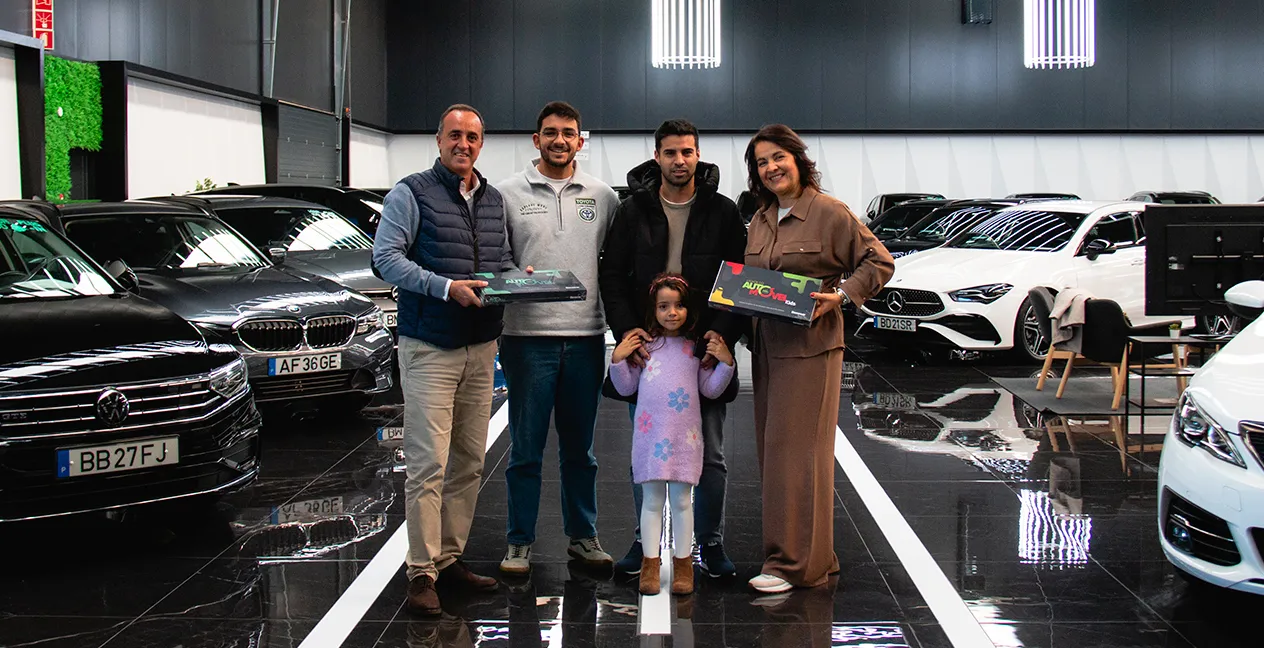
The dice are cast: Benecar brings the game ‘Cidade do Automóvel’ to life
Created by Lucas Luís at Friday, 12 December 2025




